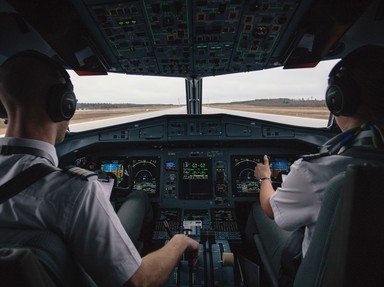
Flying Into the Smithsonian Trivia Quiz
You know an aircraft has hit the big time when it becomes an exhibit at the Smithsonian National Air and Space Museum. Here are ten such flying machines, which you need to place in the order of their first flight or the event associated with them.
An ordering quiz
by Team Phoenix Rising.
Estimated time: 3 mins.
- Home
- »
- Quizzes
- »
- World Trivia
- »
- Aviation
- »
- Aircraft